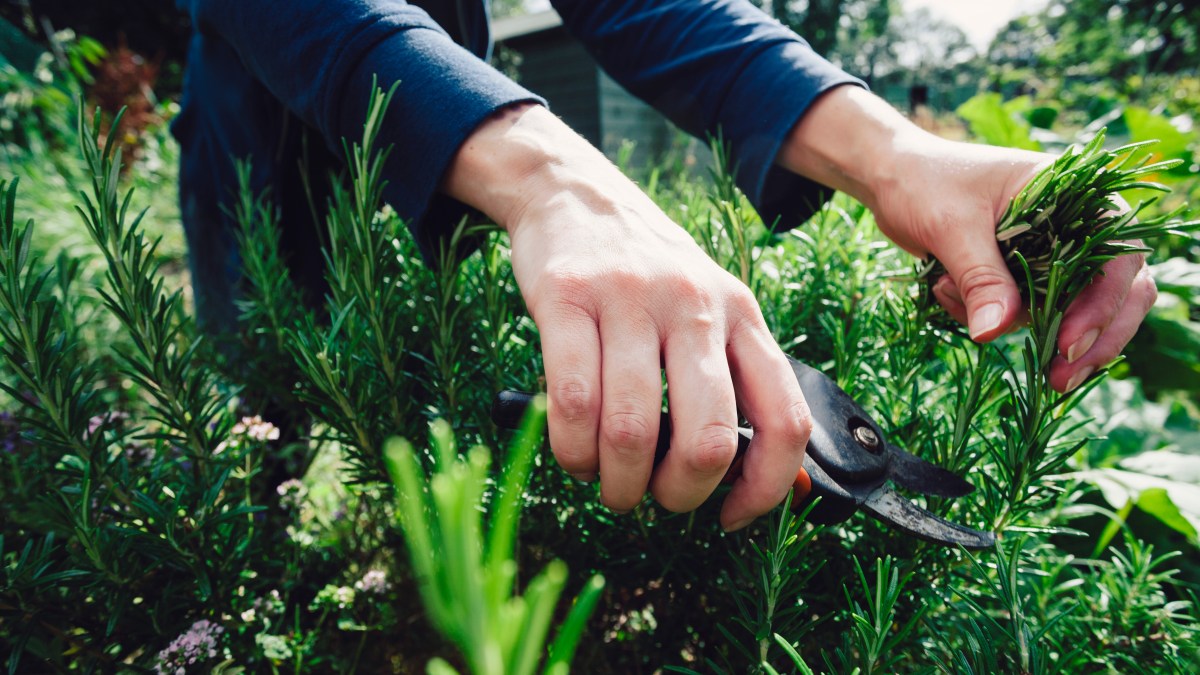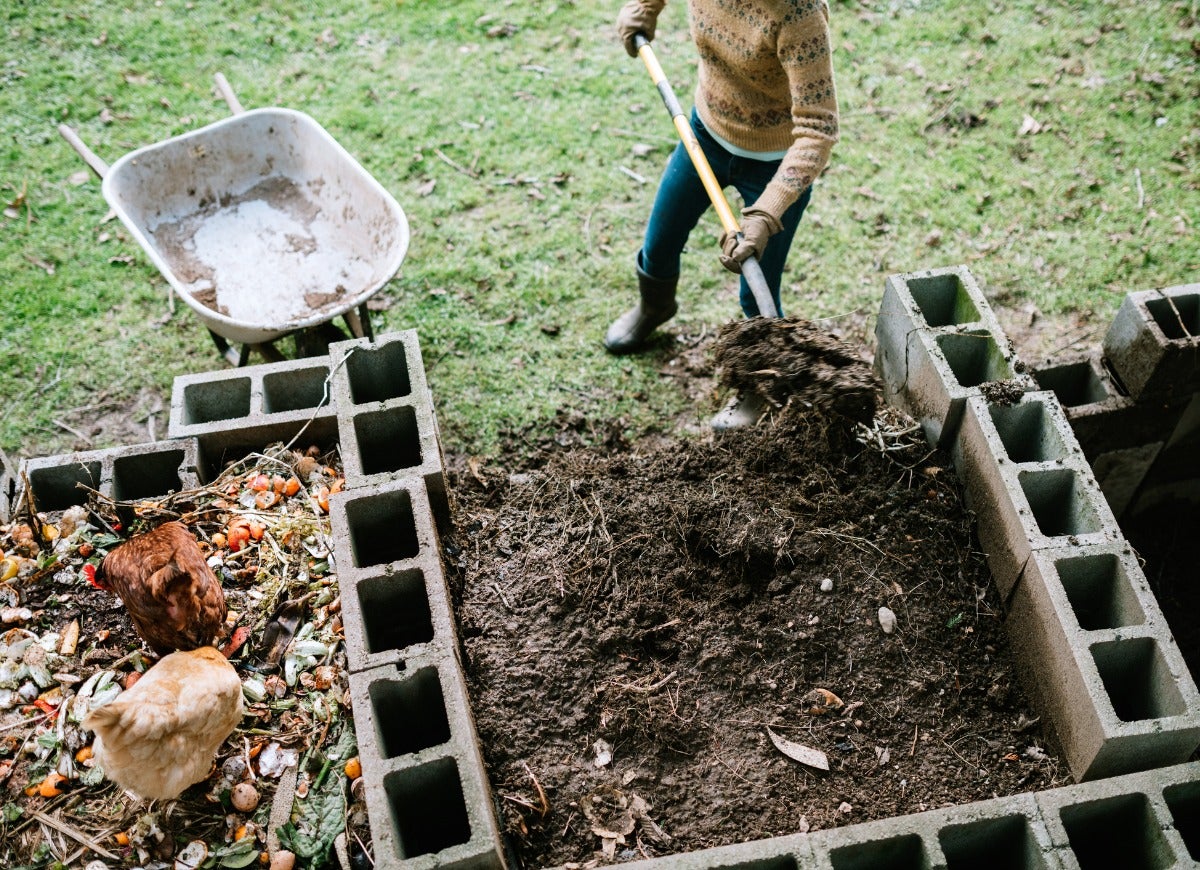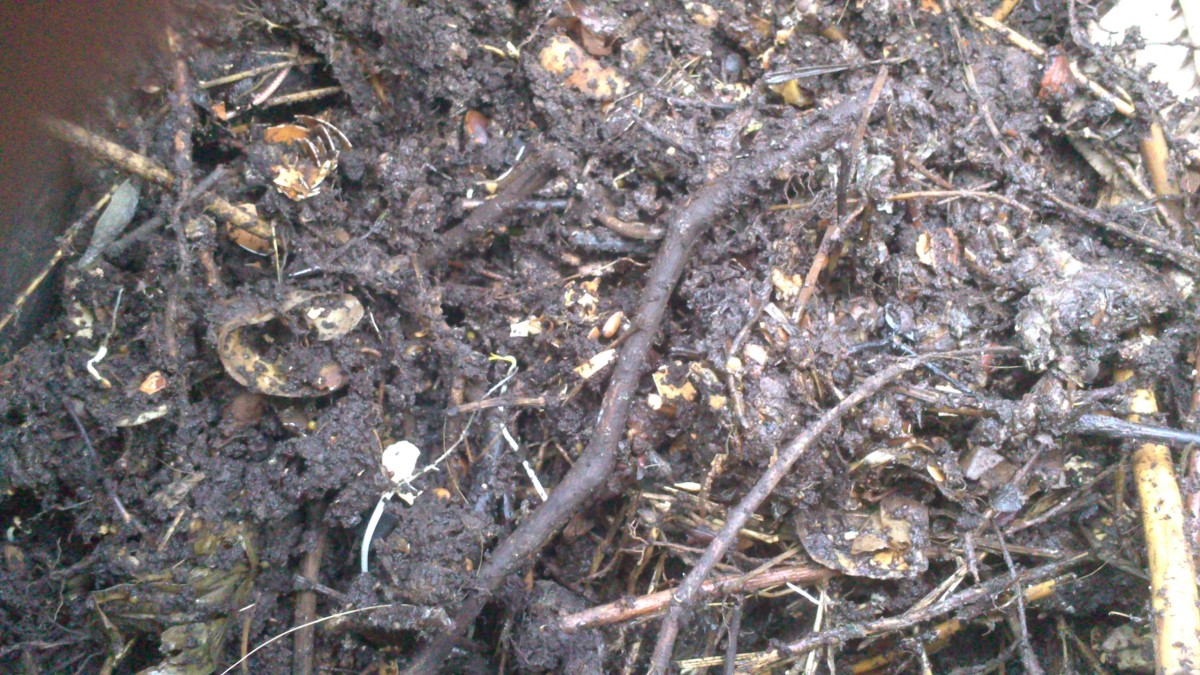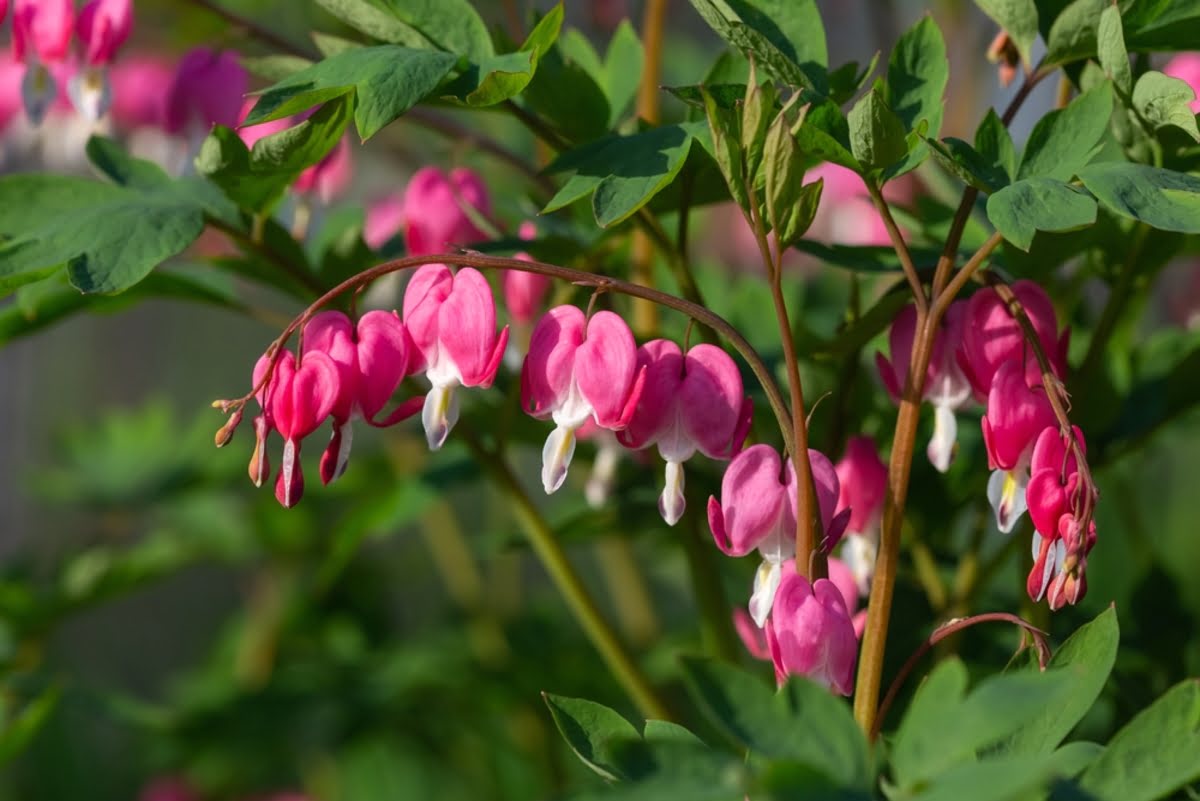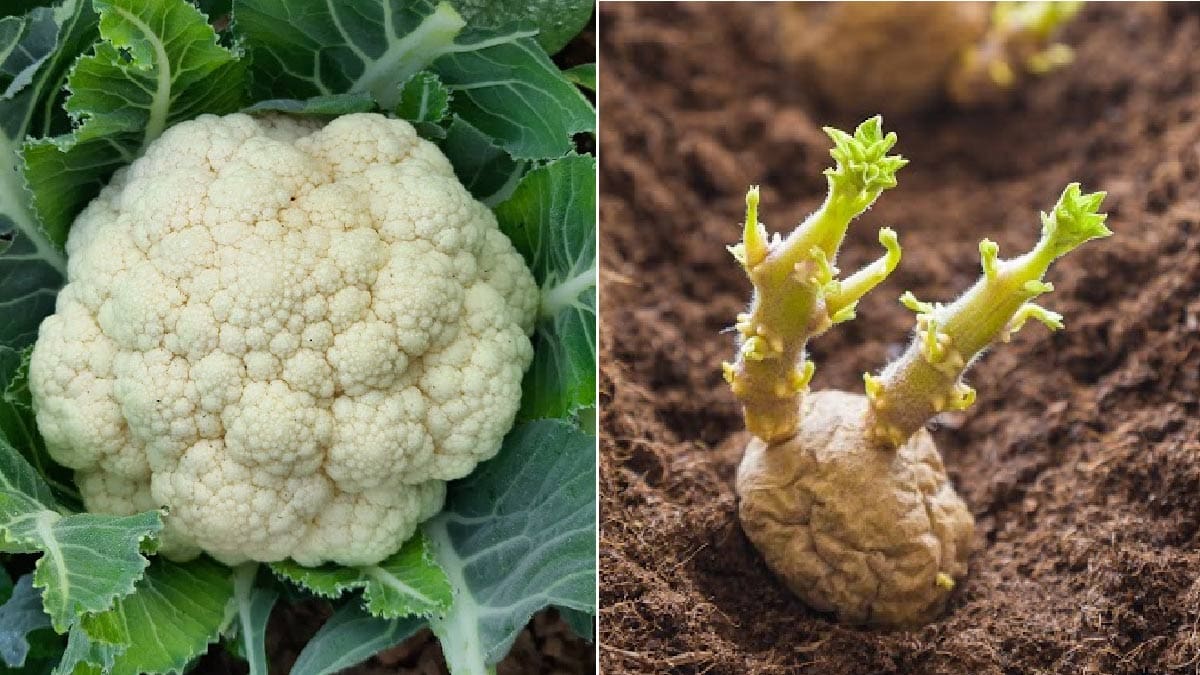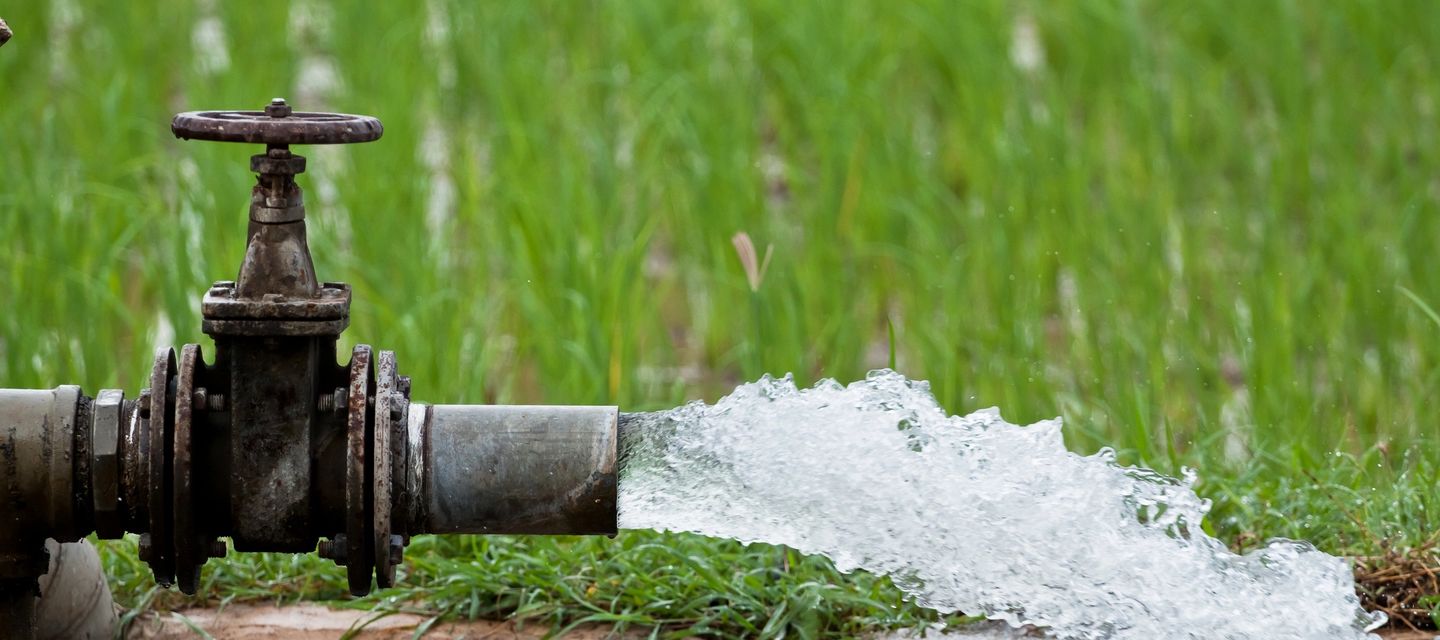Home>Gardening Basics>Understanding Soil>What Shrubs Grow Well In Wet Soil


Understanding Soil
What Shrubs Grow Well In Wet Soil
Published: February 12, 2024
Learn the best shrubs for wet soil in this comprehensive guide. Understand soil conditions and select the perfect shrubs for your garden.
(Many of the links in this article redirect to a specific reviewed product. Your purchase of these products through affiliate links helps to generate commission for Chicagolandgardening.com, at no extra cost. Learn more)
Table of Contents
Introduction
Understanding Soil plays a crucial role in the health and vitality of plants. While soil is typically associated with dry and well-drained conditions, there is a wide variety of soil types, each with its own unique characteristics. Wet soil is one such type that presents both challenges and opportunities for gardening enthusiasts.
Wet soil is characterized by excessive moisture content, which can be caused by factors such as poor drainage, heavy rainfall, or proximity to bodies of water. While it may seem challenging to cultivate plants in wet conditions, there are shrubs that are well-suited and can thrive in this environment.
Before diving into the selection and care of shrubs for wet soil, it is essential to understand the unique conditions that these plants will encounter. Wet soil is typically waterlogged and slow-draining, which can lead to root rot, nutrient deficiencies, and poor aeration. However, it is not always practical or possible to alter the soil composition or improve drainage in certain areas. In such cases, selecting shrubs that are adapted to wet soil can ensure a thriving garden and a beautiful landscape.
Choosing the right shrubs for wet soil can be a challenging task, as not all plants can tolerate or even thrive in constant moisture. It is crucial to consider several factors, including the site’s sun exposure, soil pH, and the specific requirements of the chosen shrubs. By understanding these factors, you can make informed decisions and create a vibrant and flourishing garden in wet soil conditions.
In this article, we will explore different shrub varieties that are well-suited for wet soil conditions, categorized based on their sunlight requirements. Additionally, we will discuss essential tips for planting and caring for shrubs in wet soil to ensure their long-term success and vitality.
Understanding Wet Soil Conditions
Wet soil conditions can be quite challenging for gardeners to work with, but with the right knowledge and planning, it can also present unique opportunities for creating a beautiful and thriving landscape. Before delving into the selection of shrubs for wet soil, it’s essential to understand the characteristics and challenges associated with this type of soil.
Wet soil is typically saturated with water, making it slow-draining and prone to waterlogging. This can create a variety of issues for plants, including root rot, nutrient deficiencies, and poor aeration. The excess moisture can also lead to the leaching of nutrients, making it necessary to provide additional fertilization. Additionally, the compacted nature of wet soil can restrict root growth and oxygen availability, hampering plant development.
One significant factor contributing to wet soil conditions is poor drainage. In areas with compacted clay or heavy soils, water has difficulty permeating through the ground and tends to pool on the surface. Additionally, proximity to bodies of water, such as rivers, lakes, or ponds, can lead to high water tables, which increases soil moisture levels. Heavy rainfall or inadequate grading can exacerbate the problem, resulting in standing water and perpetually wet soil.
While wet soil can pose challenges, certain advantages come with it. Wet soil tends to retain moisture for longer periods, reducing the need for frequent watering. It also serves as a natural water reservoir during dry periods, ensuring a more consistent water supply for plants. Additionally, wet soil conditions can support diverse ecosystems, attracting beneficial insects, amphibians, and other wildlife.
Understanding the pH level of wet soil is essential for plant selection. Most shrubs prefer slightly acidic to neutral soil, with pH levels ranging from 6.0 to 7.0. However, wet soil can be acidic due to leaching, especially in areas with high rainfall or surrounding vegetation. It’s advisable to test the soil’s pH and amend it accordingly to create optimal growing conditions for shrubs.
By carefully assessing the unique conditions and characteristics of wet soil, gardeners can select plant varieties that are well-adapted to thrive in these challenging environments. Choosing the right shrubs for wet soil conditions significantly increases the chances of a successful and vibrant garden.
Factors to Consider Before Choosing Shrubs for Wet Soil
When selecting shrubs for wet soil conditions, it’s crucial to consider several factors to ensure their long-term health and vitality. By understanding these considerations, you can make informed decisions and create a thriving garden that can withstand the challenges of wet soil. Here are some key factors to keep in mind:
- Drainage: Assess the drainage capabilities of the site to determine the severity of wet soil conditions. If the area experiences prolonged waterlogging, it’s essential to choose shrubs that are highly tolerant of wet conditions.
- Sun Exposure: Take note of the site’s sun exposure. Some shrubs prefer full sun, while others thrive in partial shade or full shade. Matching the plant’s sun requirements with the site’s conditions ensures optimal growth and performance.
- Soil pH: Test the soil’s pH level to determine its acidity or alkalinity. Most shrubs prefer slightly acidic to neutral soil. If the soil is overly acidic or alkaline, consider amending it to create a more favorable pH range for the selected shrubs.
- Moisture Retention: Assess how well the soil retains moisture. While wet soil conditions may have excessive moisture, certain shrubs prefer a consistently moist environment. Others may prefer periods of drying out between watering. Choose shrubs accordingly based on their moisture requirements.
- Native Species: Consider selecting shrubs that are native to the region, as they are more likely to be well-adapted to the local soil and climate conditions. Native species are also beneficial for supporting local wildlife and maintaining ecological balance.
- Mature Size: Determine the expected mature size of the shrubs to ensure they have enough space to grow without overcrowding. Planting shrubs too close together can restrict airflow and lead to increased moisture retention, which can be detrimental in wet soil conditions.
- Rooting Depth: Evaluate the rooting depth of the selected shrubs. In wet soil conditions, shallow-rooted plants may struggle to access sufficient nutrients and water. Look for shrubs with deep or adaptable root systems to ensure their overall health and stability.
By considering these factors before choosing shrubs for wet soil, you can create a well-planned and sustainable garden that thrives despite the challenges of excessive moisture. Selecting the right shrubs ensures not only their survivability but also enhances the overall aesthetics and enjoyment of your outdoor space.
Shrubs that Thrive in Wet Soil
Despite the challenges posed by wet soil conditions, there are several shrubs that are well-suited to thrive in these environments. These shrubs have adapted to tolerate or even benefit from the persistent moisture present in wet soil. Here are some shrub varieties that excel in wet soil conditions:
1. Shrubs for Full Sun in Wet Soil:
- Buttonbush (Cephalanthus occidentalis): This deciduous shrub produces unique, ball-shaped white flowers and thrives in consistently wet soil, attracting butterflies and hummingbirds.
- Redtwig Dogwood (Cornus sericea): This shrub boasts stunning red stems in winter and prefers moist soil. It adds visual interest and provides habitat for birds.
- Sweet Pepperbush (Clethra alnifolia): Known for its fragrant, white or pink flowers, this shrub excels in wetter areas and attracts hummingbirds and butterflies.
2. Shrubs for Partial Shade in Wet Soil:
- Virginia Sweetspire (Itea virginica): This shrub produces fragrant, white flower spikes in late spring and thrives in moist soil conditions, making it an excellent choice for partially shaded areas.
- Fothergilla (Fothergilla spp.): With attractive spring flowers, vibrant fall foliage, and a preference for moist soil, this shrub adds year-round beauty to wet areas.
- Inkberry (Ilex glabra): This evergreen shrub features small black berries and glossy green leaves. It’s highly adaptable to wet soil and partial shade.
3. Shrubs for Full Shade in Wet Soil:
- Swamp Azalea (Rhododendron viscosum): Suited for wet, shady conditions, this shrub produces stunning white or pink flowers with a delightful fragrance.
- Virginia Willow (Itea virginica): Also known as Virginia Sweetspire, this shrub thrives in shady, wet areas and showcases beautiful white flower clusters.
- Winterberry Holly (Ilex verticillata): This deciduous holly species illuminates shady, wet landscapes with its bright red berries in winter, providing food for birds.
These are just a few examples of shrubs that can flourish in wet soil conditions. It’s important to select shrubs based on their specific site requirements, including sunlight, moisture levels, and pH. Always consult local gardening resources or professionals to ensure the suitability of specific shrubs for your unique wet soil conditions.
Shrubs for Full Sun in Wet Soil
When it comes to wet soil conditions in full sun areas, there are several shrubs that can thrive and bring beauty to your garden. These shrubs are adaptable to the combination of intense sunlight and moisture present in wet soil. Here are a few examples:
- Buttonbush (Cephalanthus occidentalis): Buttonbush is a deciduous shrub that boasts unique ball-shaped white flowers typically found in wetlands. It thrives in consistently wet soil and can handle full sun exposure. The flowers are highly attractive to butterflies and hummingbirds, making it a great addition to any garden or landscape.
- Redtwig Dogwood (Cornus sericea): This shrub is known for its vibrant red stems, which provide all-season interest, particularly in winter. It can tolerate wet soil conditions and thrives in full sun. Redtwig Dogwood also attracts various bird species, making it a beneficial addition for wildlife enthusiasts.
- Sweet Pepperbush (Clethra alnifolia): Sweet Pepperbush is a deciduous shrub that offers delightful fragrant white or pink flowers in mid to late summer. It prefers moist soil, including wet conditions in full sun. The long blooming period and attractive flowers make it a popular choice for wet gardens and landscapes.
These shrubs for full sun in wet soil are just a few examples of the many plants available. Remember to consider the specific requirements, mature size, and maintenance needs of each shrub before selecting them for your garden. Consulting with local gardening experts or resources can provide further guidance and help you make the best choices for your specific wet soil conditions.
Shrubs for Partial Shade in Wet Soil
For areas with partial shade and wet soil conditions, there are several shrubs that can thrive and add beauty to your landscape. These shrubs are able to tolerate the combination of limited sunlight and excessive moisture found in wet soil. Here are a few examples:
- Virginia Sweetspire (Itea virginica): Virginia Sweetspire is a deciduous shrub that produces long, arching clusters of fragrant white flowers in late spring. It can tolerate partial shade and thrives in moist soil conditions, making it an excellent choice for areas with limited sunlight and high moisture levels.
- Fothergilla (Fothergilla spp.): The Fothergilla is a versatile shrub, known for its attractive spring flowers, vibrant fall foliage, and ability to tolerate wet soil. It is well-suited for partial shade and wet conditions, adding year-round beauty to your garden.
- Inkberry (Ilex glabra): Inkberry is an evergreen shrub that can tolerate both partial shade and wet soil conditions. It features glossy, dark green leaves and produces small black berries. This shrub is highly adaptable and adds a touch of elegance to any landscape.
These shrubs are just a few examples of the many options available for partial shade and wet soil conditions. When choosing shrubs for your garden, consider factors such as the specific lighting conditions, soil moisture, and the size and maintenance requirements of each plant. Consulting with local gardening experts or resources will further assist you in making the best choices for your particular wet soil conditions.
Shrubs for Full Shade in Wet Soil
For areas with full shade and wet soil conditions, there are shrubs that can thrive and bring life to your garden. These shrubs have adapted to the combination of limited sunlight and excessive moisture found in wet soil. Here are a few examples:
- Swamp Azalea (Rhododendron viscosum): The Swamp Azalea is a beautiful shrub that produces stunning white or pink flowers with a delightful fragrance. It thrives in shady, wet areas, making it an ideal choice for full shade in wet soil conditions. This shrub attracts pollinators and adds a burst of color and aroma to your garden.
- Virginia Willow (Itea virginica): Also known as Virginia Sweetspire, this shrub is well-suited for full shade and wet areas. It showcases beautiful white flower clusters and thrives in moist soil conditions. Virginia Willow adds a touch of elegance and beauty to any shaded garden or landscape.
- Winterberry Holly (Ilex verticillata): Winterberry Holly is a deciduous holly species that thrives in full shade and wet soil conditions. It features bright red berries that persist throughout the winter, adding a pop of color and providing food for birds. This shrub is an excellent choice for creating visual interest and attracting wildlife to shaded, wet areas.
These shrubs for full shade in wet soil are just a sample of the many options available. When choosing shrubs for your garden, consider factors such as the specific light conditions, soil moisture, and the mature size and maintenance requirements of each plant. Consulting with local gardening experts or resources will provide further assistance in selecting the best shrubs for your specific wet soil, full shade conditions.
Planting and Caring for Shrubs in Wet Soil
Planting and caring for shrubs in wet soil requires proper techniques to ensure their long-term health and vitality. Here are some essential tips to consider:
- Prepare the planting area: Before planting, amend the soil if necessary. Add organic matter, such as compost or well-rotted manure, to improve soil structure and drainage.
- Select the right shrubs: Choose shrubs that are specifically suited for wet soil conditions. Consider factors such as sun exposure, moisture requirements, and mature size to ensure an optimal match for your garden.
- Planting technique: Dig a hole that is twice as wide and just as deep as the shrub’s root ball. Place the shrub in the hole, backfill with soil, and gently firm the soil around the roots. Water thoroughly after planting.
- Mulch: Apply a layer of organic mulch around the base of the shrub to help retain moisture, regulate soil temperature, and suppress weeds. Avoid piling mulch against the trunk of the shrub to prevent moisture-related issues.
- Watering: While wet soil conditions provide moisture, it’s important to monitor the moisture levels and provide supplemental water if needed. Ensure that the soil remains consistently moist but not waterlogged. Irrigate deeply and infrequently to encourage deep root growth.
- Fertilization: Wet soil can lead to nutrient leaching, so regular fertilization is essential. Use a balanced, slow-release fertilizer to provide necessary nutrients. Follow the manufacturer’s guidelines and avoid over-fertilization, as it can harm the shrub.
- Pruning: Prune shrubs in late winter or early spring to remove any dead or damaged branches. Avoid heavy pruning during the growing season, as it may stress the shrub. Regular pruning will help maintain the shape and size of the shrub and promote healthy growth.
- Pest and disease management: Inspect shrubs regularly for signs of pests or diseases. Remove any affected leaves or branches and treat with appropriate organic or chemical controls if necessary. Proper sanitation and good airflow around shrubs can help prevent pest and disease issues.
By following these guidelines, you can ensure that your shrubs in wet soil receive the care they need to thrive. Regular monitoring, proper watering, fertilization, and maintenance will help these shrubs establish healthy root systems and display their full beauty in your garden.
Conclusion
Understanding and successfully gardening in wet soil conditions opens a world of possibilities for creating a vibrant and diverse landscape. By considering the specific needs of shrubs for wet soil, you can harness the unique advantages of this environment and cultivate a thriving garden.
Factors such as drainage, sun exposure, soil pH, and moisture retention should be carefully assessed before choosing shrubs for wet soil. Selecting shrubs that are well-suited to these conditions ensures their ability to adapt and flourish in wet soil environments.
Shrubs for full sun, partial shade, and full shade in wet soil can bring beauty, color, and texture to your garden. Buttonbush, Redtwig Dogwood, and Sweet Pepperbush thrive in full sun. Virginia Sweetspire, Fothergilla, and Inkberry are excellent choices for partial shade. Swamp Azalea, Virginia Willow, and Winterberry Holly are ideal for full shade conditions.
When planting and caring for shrubs in wet soil, proper techniques such as soil preparation, mulching, watering, fertilization, and pruning are critical for their long-term health and vitality. Regular monitoring for pests and diseases also ensures their overall well-being.
Remember to consult local gardening resources or professionals to determine the most suitable shrubs for your specific wet soil conditions and climate. By being mindful of the unique requirements of these plants, you can create a stunning and sustainable garden in wet soil.
With the right knowledge and care, you can transform wet soil areas into flourishing landscapes that bring joy and beauty to your surroundings. Embrace the challenges and opportunities that wet soil presents, and let your garden thrive in its unique conditions.
